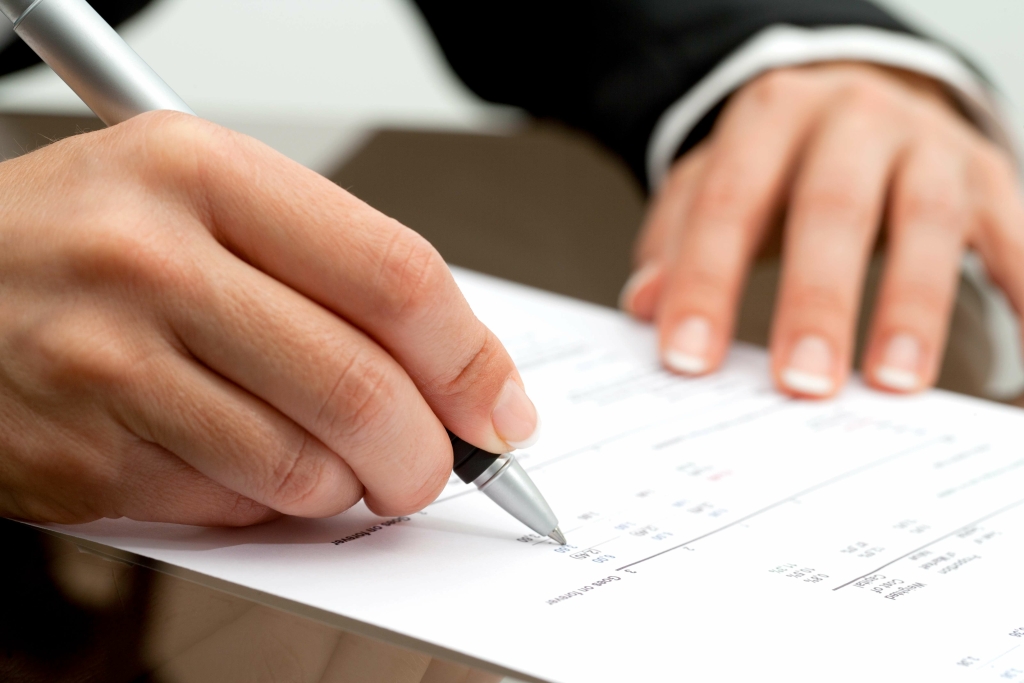
One final stage in payroll accounting is to do a payroll reconciliation. It also helps you to ensure that you are within budget throughout the year. We gave you some tips in prior steps to help check yourself along the way, but a payroll reconciliation is a more in-depth approach. A journal entry is best described as the recording of debits and credits. It generally includes an effective date, a debit amount, and a credit amount.
- Payroll accounting is the recording and tracking of all payroll transactions.
- Similar to accrued vacation pay, you’ll also need to keep track of the amount of sick pay an employee has earned on the books.
- Use this type of entry if you have to adjust an employee’s pay.
- Be sure to confirm that your debits equal your credits (basic accounting systems should confirm this).
- From Social Security and Medicare to state and federal unemployment taxes, the list goes on and on.
By contrast, some employers may have additional accounts to add, like a fitness credit or education reimbursement. However, if you use a manual accounting system, you will need to create journal entries. Essentially, payroll-related accounts include a mixture of expenses and liabilities. Her next payday is Friday, Dec. 3, 2021, which covers work she performed from Nov. 22 through Dec. 3. The issue here is that most businesses close their books at the end of each month – in this case, Nov. 30.
Post Payroll Journal Entries to the General Ledger
This goes back to journals 2 and 3 where you’re recording all taxes you’ve paid. These include taxes the employee is paying via their withholdings each pay period, as well as taxes the business owes. But a record of tax payments will show unemployment taxes listed alongside any taxes the employee paid. It might feel like there are a hundred kinds of payroll taxes. From Social Security and Medicare to state and federal unemployment taxes, the list goes on and on.
- As the name suggests, these are wages that you owe your employees—wages you haven’t yet paid.
- To get started, you’ll need to set up a chart of accounts and gather reports from your payroll system.
- Gross Wages will appear on your Profit and Loss or Income Statement, and the liability and cash accounts will be included on your Balance Sheet.
- Recall our previous example of employees getting paid on January 17, from work they did January 2-15.
- For example, say an employee has 24 hours of PTO and has already taken eight hours off.
- As a business owner, it’s your job to pay your share of the taxes and manage tax withholdings from employee paychecks.
Until you pay employees, those wages are a liability because it’s money you owe. When recording payroll, you’ll generally debit Gross Wage Expense, credit all of the liability accounts, and credit the cash account. Gross Wages will appear on your Profit and Loss or Income Statement, and the liability and cash accounts will be included on your Balance Sheet.
Examples of payroll expenses
Throughout her career, Heather has worked to help hundreds of small business owners in managing many aspects of their business, from bookkeeping to accounting to HR. Before joining Fit Small Business, Heather was the Payroll/HRS Manager for a top cloud accounting firm in the industry. Her experience has allowed her to learn first hand what the payroll needs payroll accounting examples are for small business owners. The accrued payroll account houses any net payroll amounts (payable to employees) that have been expensed but have not yet been paid. In this case, you would credit a liability account, or payable, until you’re ready to pay. An employer may have both liabilities and expenses for the same employee, due to paid time off.
Managing tax overpayments and repayments – Thomson Reuters Tax & Accounting
Managing tax overpayments and repayments.
Posted: Tue, 25 Jul 2023 07:00:00 GMT [source]
To get started, you’ll need to set up a chart of accounts and gather reports from your payroll system. Having the right information will ensure your payroll journal entries are accurate and save you from having to do correcting entries later. Some payroll providers offer supplemental services that go hand-in-hand with paying employees. QuickBooks, for instance, offers HR services, workers’ compensation insurance, and more by connecting business owners to partners. The result is one place where you can manage multiple services.
How to Do Payroll Accounting: A Step-by-Step Guide for Employers
Recall our previous example of employees getting paid on January 17, from work they did January 2-15. On January 17, once employee wages are fully paid, those liabilities become expenses. Typically, employees work for a period of time before you pay them for their work. Until the money comes out of your business’s account, that payroll is a liability.
Several withholdings and deductions are taken out of an employee’s gross pay. The benefits you offer, your industry, and other factors affect which accounts you need to record payroll. The most used entry is the initial recording, also known as the originating entry. It’s the first entry you record to show a transaction has occurred. These entries include your employees’ gross earnings and withholdings. In these initial entries, you also record any employment taxes you owe.
